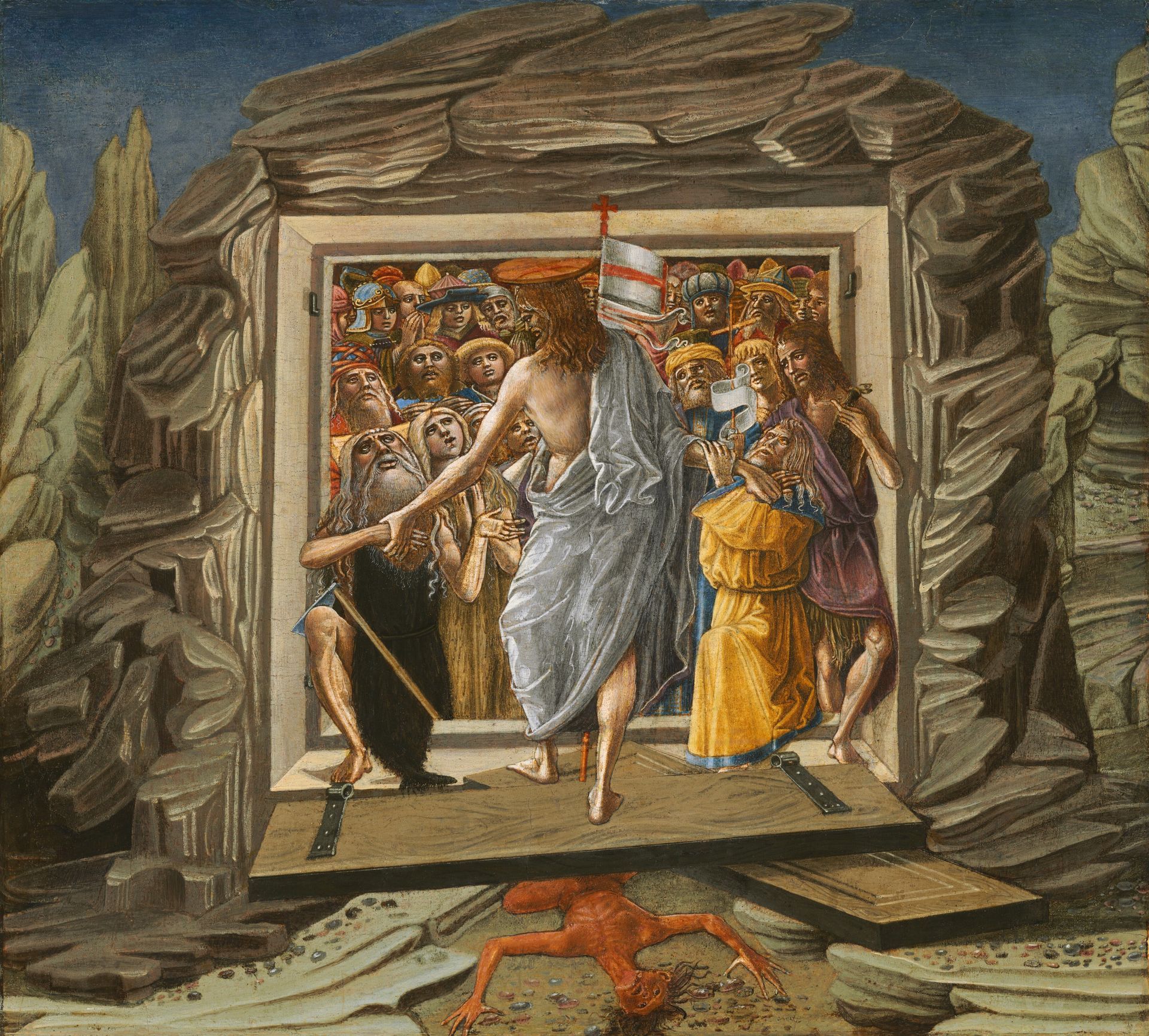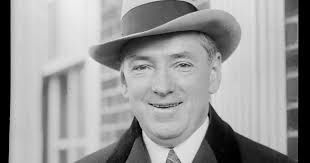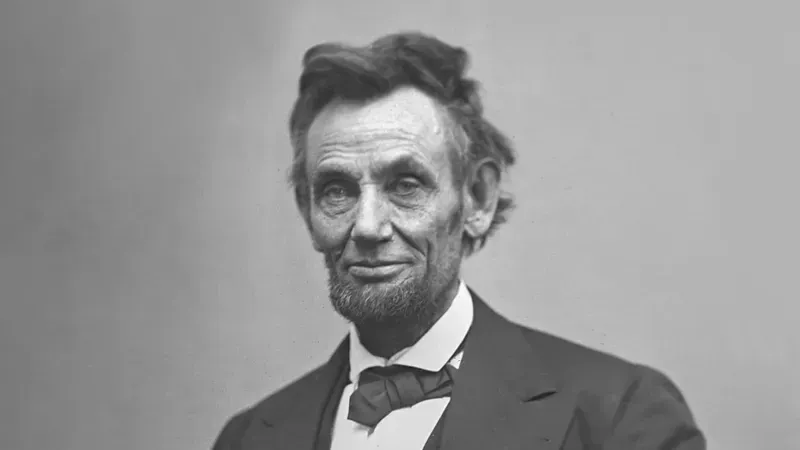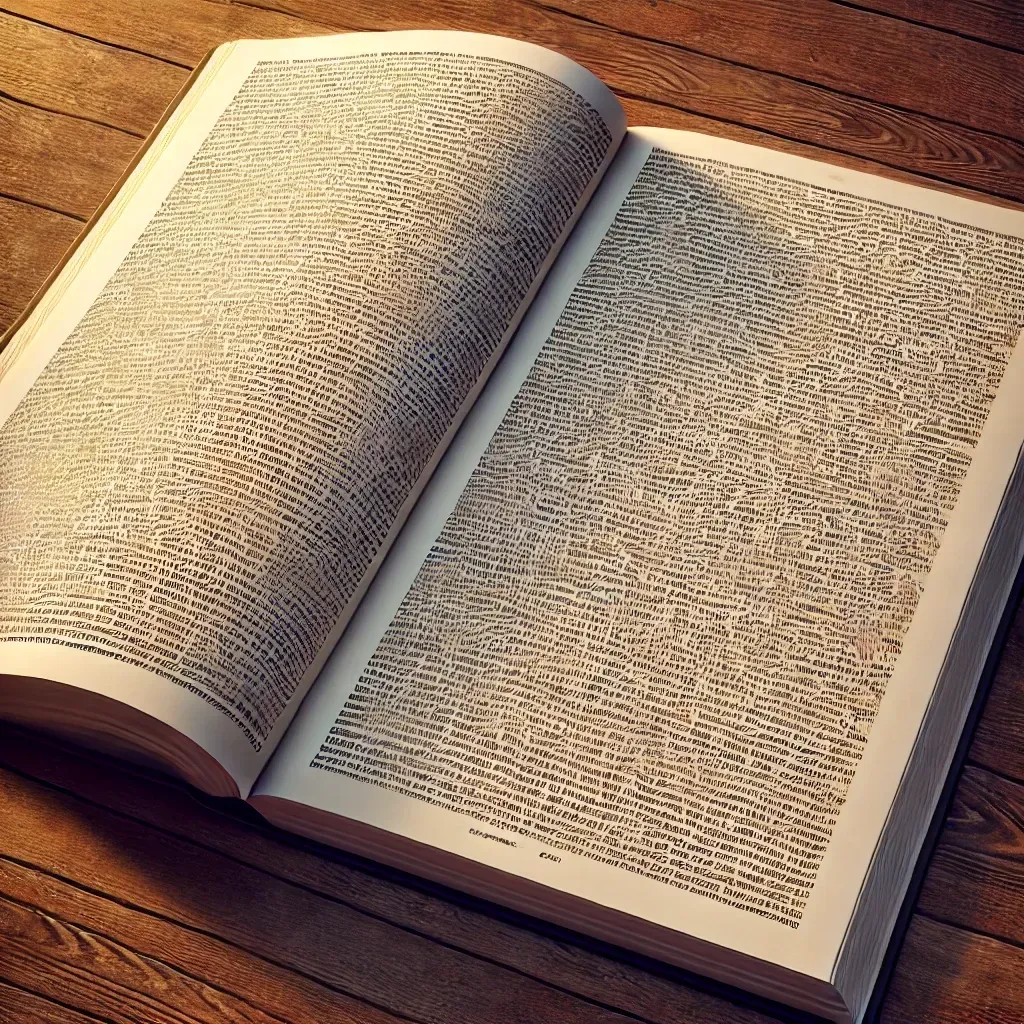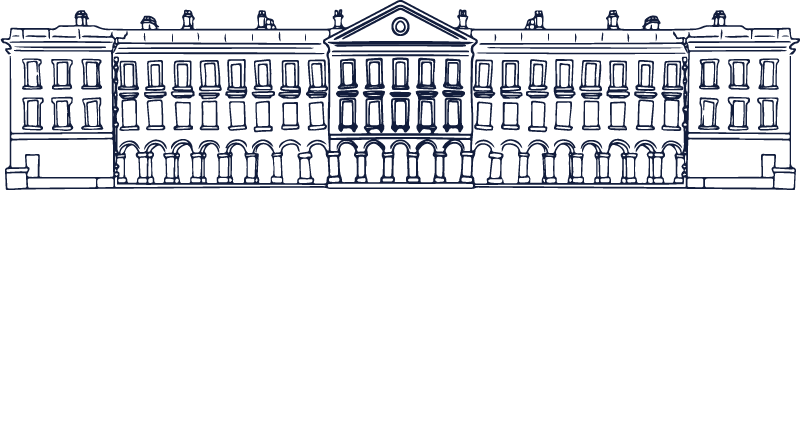Nib #33 - Paragraph Transitions
One of the easiest places to lose readers is between paragraphs.
Logical and narrative steps that seem obvious to a writer aren’t always obvious to readers.
So good writers take pains to make the jump from one paragraph to the next as clear as possible. Paragraph transitions are the literary equivalent of calling out, “Step up here” when you’re helping an elderly relative negotiate a curb or stairs. It signals the change, so as to prevent tripping.
Unlike speakers, writers can’t use body language or voice inflections to signal a coming shift in topic. Writers need to put their transitions into words. Literally, they’re called “transition words.”
Words like Then. Later. At the same time. Therefore. So. On the other hand. In contrast. Also. Too. For example. Specifically.
Think of transition words like the street signs in your own neighborhood. They might seem superfluous to you (the writer). But they are not there for you. The signs are there for the out-of-towners (the readers) visiting for the first time.
So, when revising your work, keep an eye and ear out for the readers least familiar with your thinking or the topic. Ask yourself: could they follow every paragraph jump? Would they trip over any stairs or curbs?
Use your transitions to call out each step, signal every turn, and hold on to Granny’s hand until you reach the end of the journey.
Until next week… keep writing!


